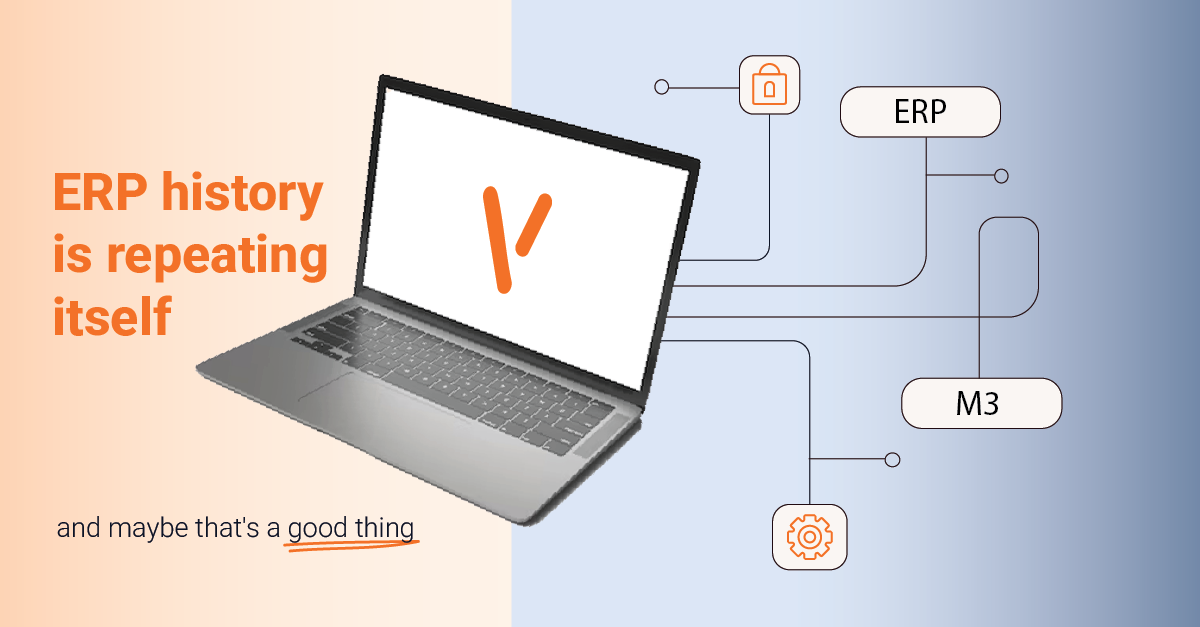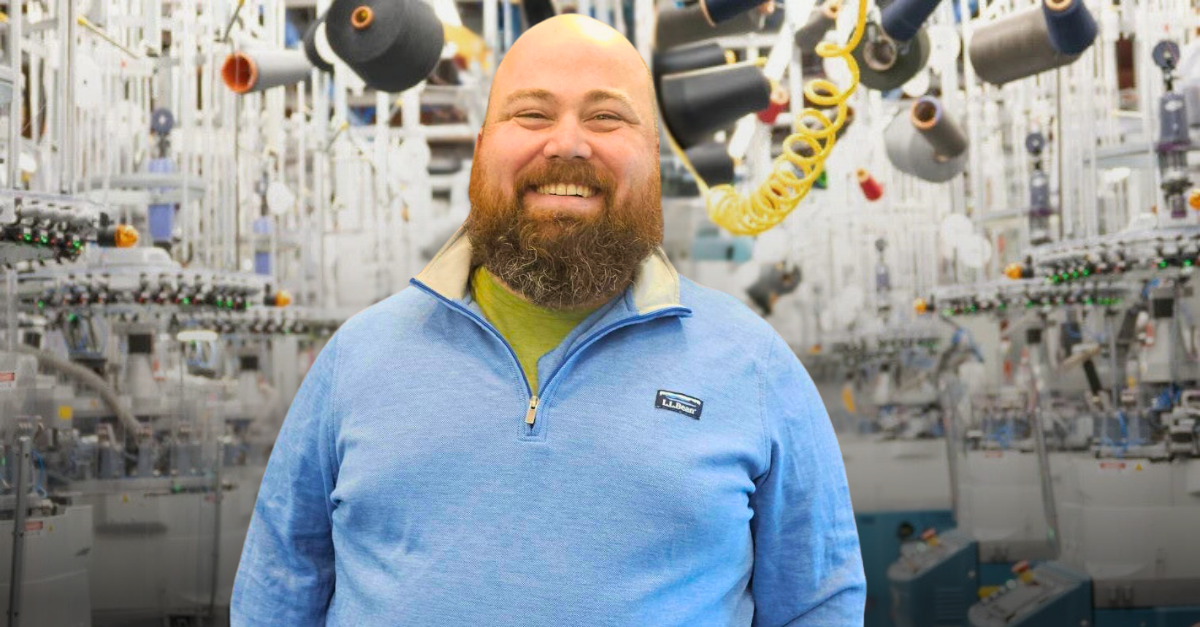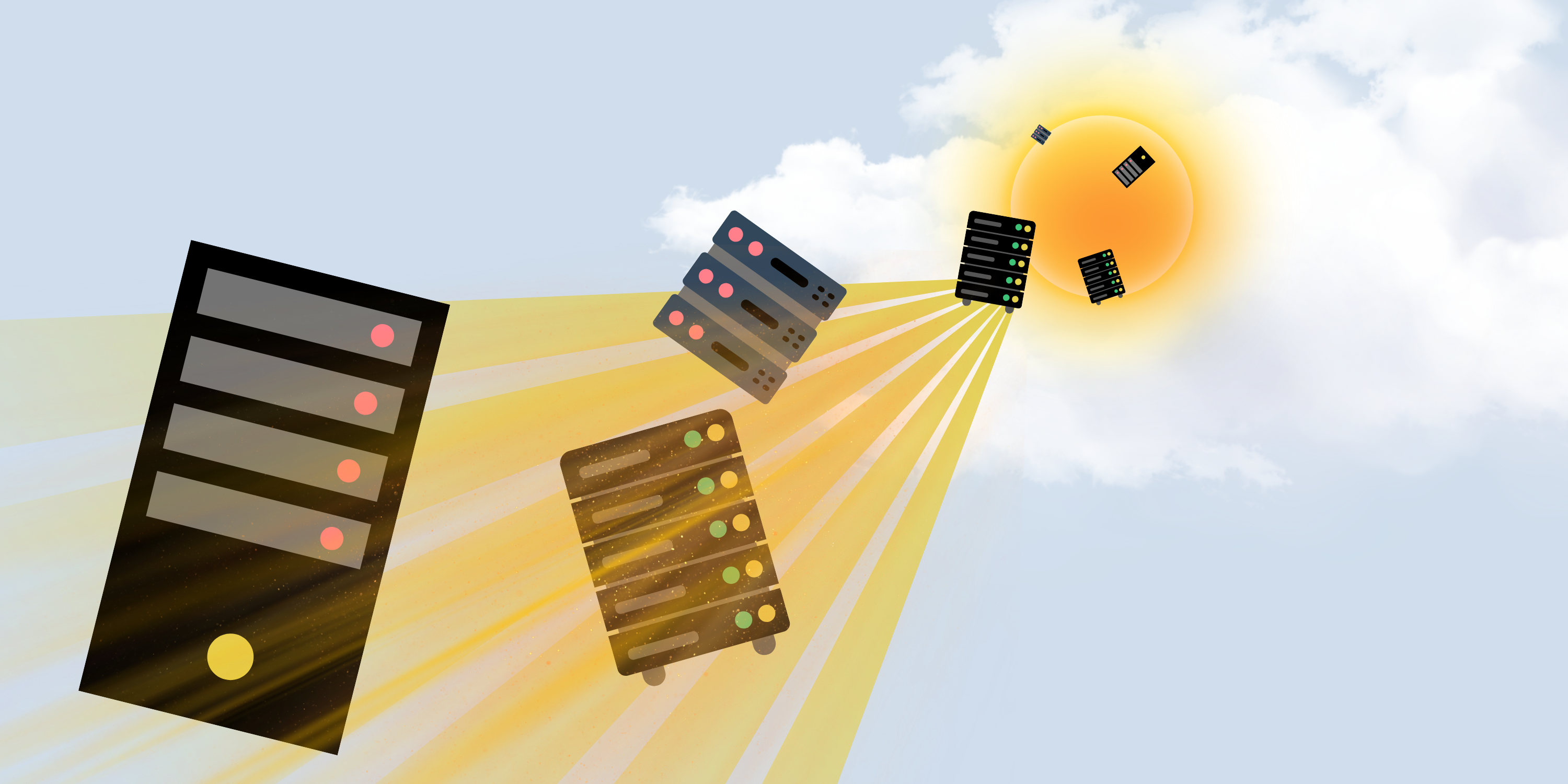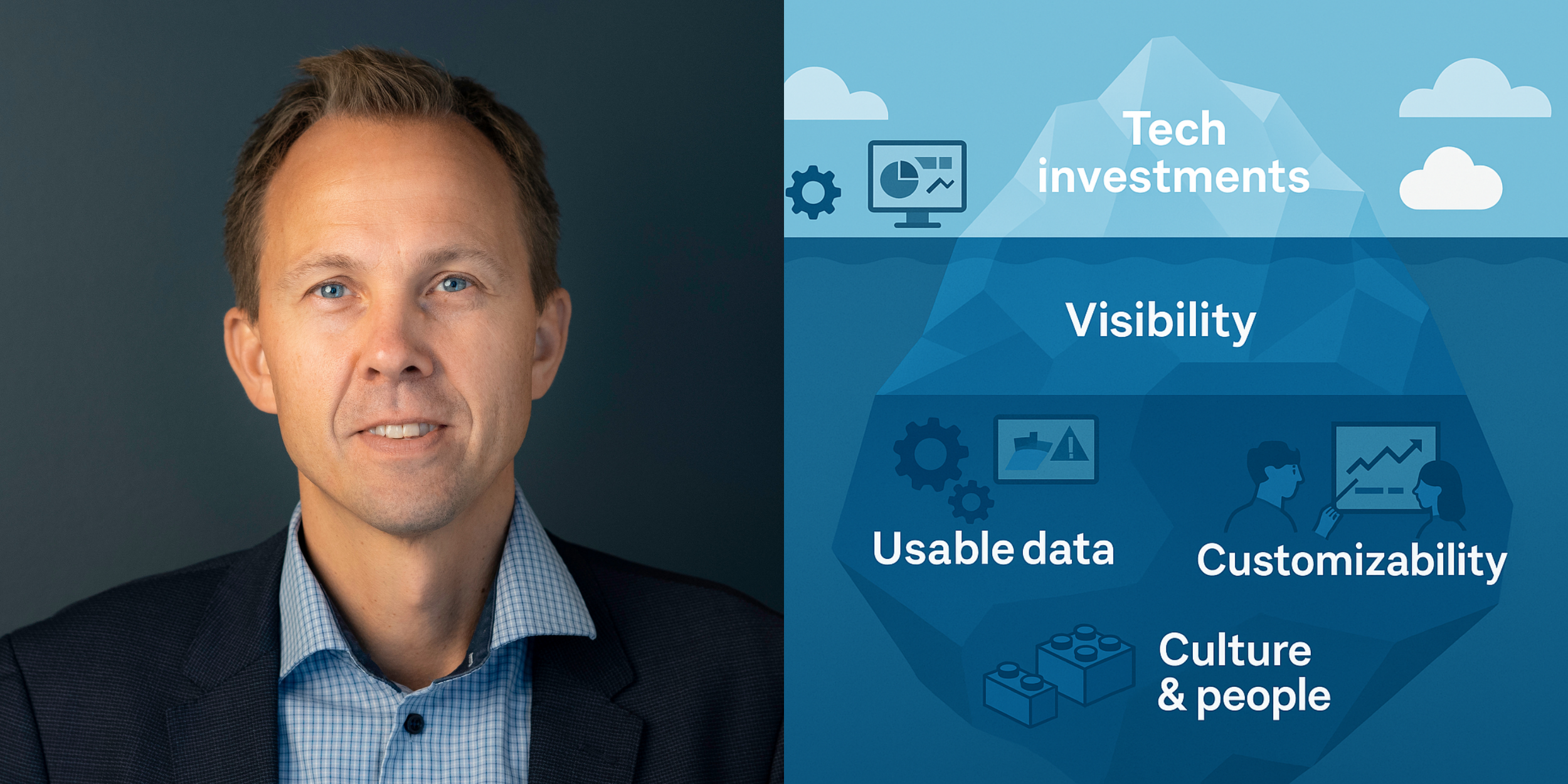2 min read
ERP history is repeating itself – and maybe that's a good thing
 Peder Floer
Aug 13, 2025 11:00:28 AM
Peder Floer
Aug 13, 2025 11:00:28 AM

ERP is the backbone of your business. But maybe it's time we stop treating it like the entire body.
According to Nucleus Research's 2025 Value Matrix, ERP now accounts for just 25–30% of a typical enterprise tech stack. The rest is made up of surrounding systems like CRM, MES, CPQ, PLM, HRM, E-commerce – and fast-moving tech like AI and RPA.
ERP still brings it all together, but its role is fundamentally changing.
Here's the thing: History keeps repeating itself.
In the 90s, ERP systems tried to become supersystems – controlling the whole ecosystem. But the solutions around ERP evolved faster and ultimately outperformed ERP's own attempts.
Now we're seeing the same pattern. As ERP moves to the cloud, it again aims to be the one system to rule them all. But here's the catch: ERP has become something entirely different than it used to be.
Beautiful irony
ERP isn't a single unit anymore – it's a jungle of software because of mergers and buyouts. Think about it: Every major ERP vendor has bought dozens of companies, each with their own tech stack, architecture, and approach. This creates incredible complexity when trying to implement new technology.
The result? ERP is increasingly becoming the transaction engine that runs in the background, while the real innovation happens in front-end systems that can move faster, integrate easier and adapt quicker than ERP itself.
The irony is beautiful: While ERP vendors spend years trying to integrate their acquisitions and navigate internal complexity, nimble solutions built specifically for speed, integration, automation and usability are pulling ahead.
So what's ERP's role?
The future of ERP
It's not about being the hero of every process anymore. ERP is the reliable workhorse in the background – the transaction engine that keeps everything running while innovation happens in the systems that talk to it.
Think of it this way: ERP handles the heavy lifting of data integrity, business logic, and core transactions. But the user experience, the automation, the real-time insights, and the innovation? That's happening in the layer above.
Companies are no longer content with complex ERP workflows and legacy UIs. They don't want to wait 6 months for consultants to build solutions. They want supply chain visibility, real-time control and tools that just work – without disrupting the transaction engine beneath.
At Vince, we embrace this shift completely.
Our solutions plug into Infor M3 not to replace it, but to let it do what it does best while we handle what users actually need: intuitive interfaces, seamless automation, and tools that make their daily work effortless.
Bottom line: It’s not about choosing between ERP and innovation – it's about letting each do what it does best.



